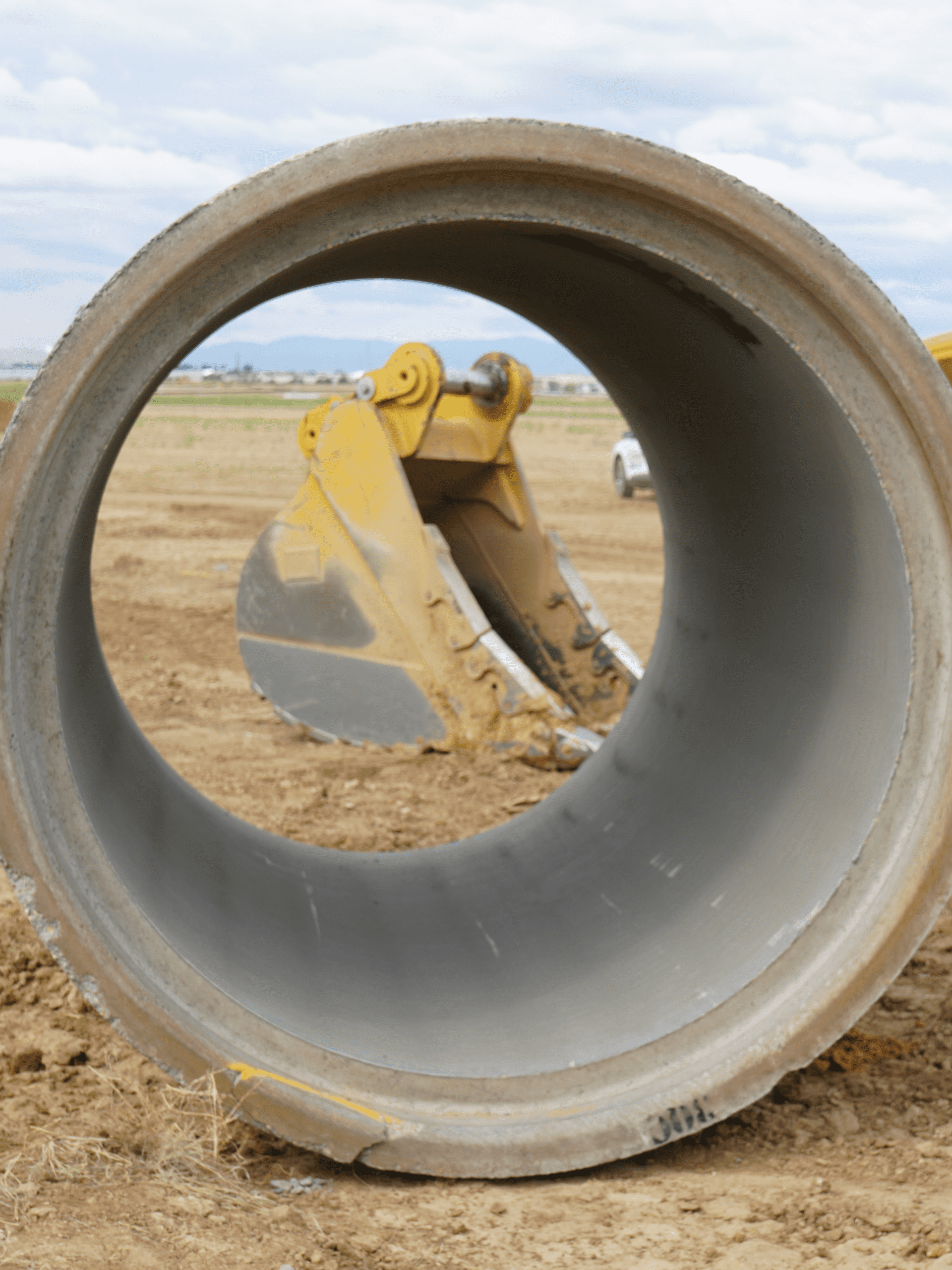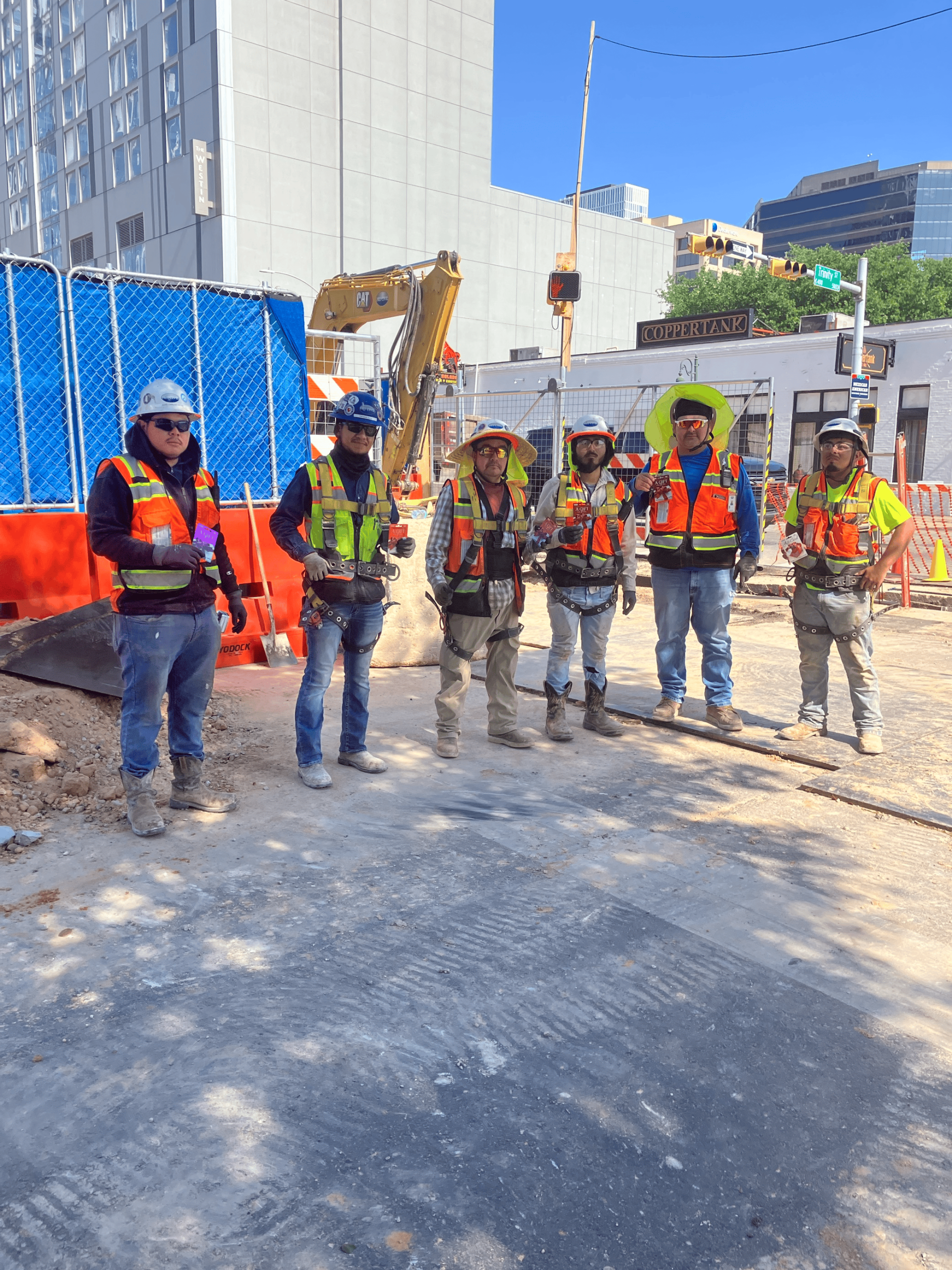In heavy civil construction, excavators are some of the most versatile and essential machines on any job site. But what makes them so adaptable is the vast array of attachments that can be swapped out to tackle different tasks efficiently. A proper excavator attachment can significantly improve productivity, reduce labor costs, and keep projects on schedule, whether digging, grading, or breaking through tough materials. This blog post explores some of the most effective excavator attachments and how they facilitate construction efficiency.
Bucket Attachments
Buckets are the most used attachment for excavators, and they come in various shapes and sizes, each designed for specific tasks.
- Standard Digging Bucket: This bucket is ideal for moving large amounts of soil, clay, and sand. It is typically used for excavation, foundation work, and earthmoving.
- Grading Bucket: This wider, shallower bucket is perfect for smoothing and leveling surfaces and is essential for final grading and preparing sites for construction.
- Trenching Bucket: Narrower than the digging bucket, the trenching bucket is designed for precise digging in areas like utility line installation where accuracy is critical.
Hydraulic Breakers
When the job calls for breaking through concrete, rock, or asphalt, a hydraulic breaker (or hammer) is the go-to attachment. These powerful tools allow excavators to quickly break up hard surfaces without needing separate specialized equipment, saving time and reducing the need for manual labor.
- Efficiency Gain: Hydraulic breakers are a game-changer for demolition work, helping civil contractors save hours of manual labor while reducing worker fatigue.
Augers
Augers are highly effective attachments for jobs that require drilling, such as installing poles, fences, or piers. With different sizes available, augers can drill through soil, clay, and rock, allowing for faster hole creation in civil engineering tasks.
- Efficiency Gain: Augers eliminate the need for separate drilling equipment and ensure precise, clean holes, significantly speeding up the installation of structural elements.
Thumb Attachments
Thumb attachments work with buckets, acting like mechanical claws to secure materials while lifting or moving them. This is particularly useful for clearing sites, moving debris, and handling irregular materials like tree trunks or large rocks.
- Efficiency Gain: Thumbs enhance control and precision, reducing the time needed for clearing and debris management tasks while improving the operator’s ability to move awkwardly shaped materials.
Rippers
Rippers are pointed attachments used for breaking through hard or frozen ground. They resemble claws and are excellent for ripping through tough materials like asphalt, permafrost, or compacted soil, making them essential in colder climates or road construction sites.
- Efficiency Gain: Rippers save time by eliminating the need for multiple passes with standard buckets, allowing faster ground preparation and excavation.
Compaction Wheels
Compaction wheels are designed to compress soil and materials to the desired density. They are often used in trenching projects to ensure that soil is packed tightly, preventing future settling and ensuring stable foundations for roads, pipelines, and utilities.
- Efficiency Gain: Compaction wheels can reduce the number of manual compaction efforts required, speeding up the process and ensuring uniform density, which improves long-term stability for civil projects.
Quick Couplers
Though not a work tool themselves, quick couplers are a vital addition that can dramatically improve efficiency. These allow operators to switch between attachments quickly without leaving the cab, reducing downtime and maximizing productivity.
- Efficiency Gain: Quick couplers allow seamless transitions between tasks, ensuring operators can stay focused and keep the project moving without significant delays.
The proper excavator attachment can make a massive difference in a heavy civil construction project, driving efficiency, reducing labor costs, and improving overall productivity. Whether you’re digging, grading, breaking, or compacting, using the correct tool ensures that projects are completed on time and with the highest level of precision. By staying up-to-date with the latest attachments and tools, companies can continue to improve operations and remain competitive in the fast-paced world of civil construction.




